There can be your advertisement
300x150
Workspace for Boy-Teenager - It's Possible to Sit There!
The child has grown up. It's time for his workspace to grow up too. How to arrange a workspace in a teenager's room to create an atmosphere for personality development? Practical tips and visual examples will help you choose the right direction.
The Art of Compromise
It's important for a child of any age to feel that he is taken seriously and that his point of view is respected. That's why when arranging a workspace for a boy, it's even more important to do it together with him, taking into account all his wishes and suggestions. Don't force your opinion on the wall color or desk shape. Offer compromises. Let the wall in the workspace be black if your child wants it that way. In return, offer to add white-framed posters with his favorite musicians or geographical maps.

If your child is completely uninterested in the process of setting up his workspace and finds the idea of sitting at a desk unappealing, engage him. For example, suggest placing a loft bed and organizing a workspace right under it. This idea will surely appeal to a boy. If space and possibilities allow, you can even set up a separate 'office' for the child.
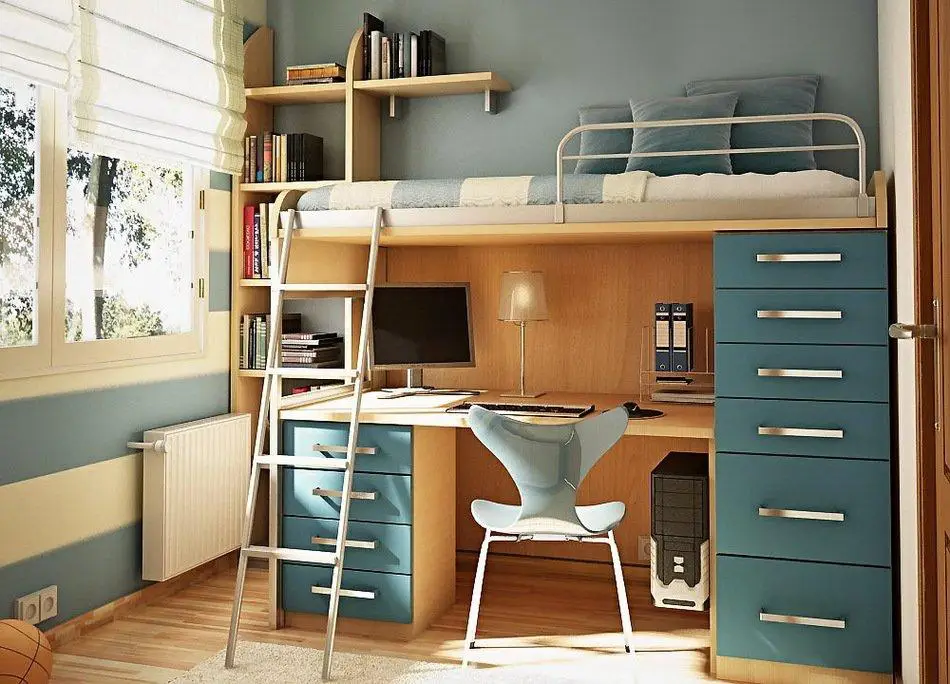
Wall Colors
If the choice of wall color is entirely up to parents, consider several psychological features of various shades. For example, pastel green is a color for rest, but not for work. A different energy level is provided by fresh green, emerald or bright cool turquoise.
Blue color sets a contemplative mood. Yellow is the color of intellect. Orange is an excellent compromise with red. If the latter is too aggressive, in orange this aggression transforms into energy.
It's not necessary to strictly tie the wall color in the workspace to the overall tone of the room. Make a bold accent. This way, you can zone the space and create an ideal working atmosphere for your child.
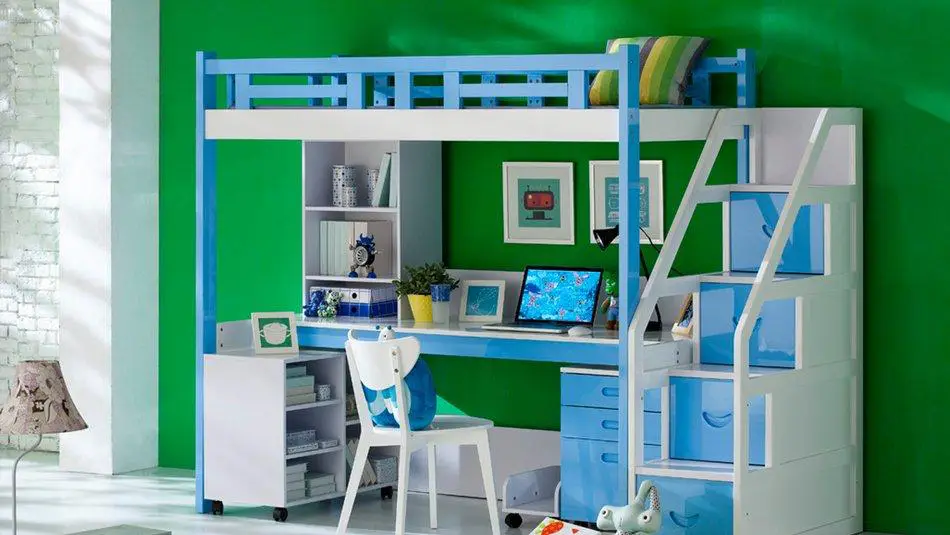
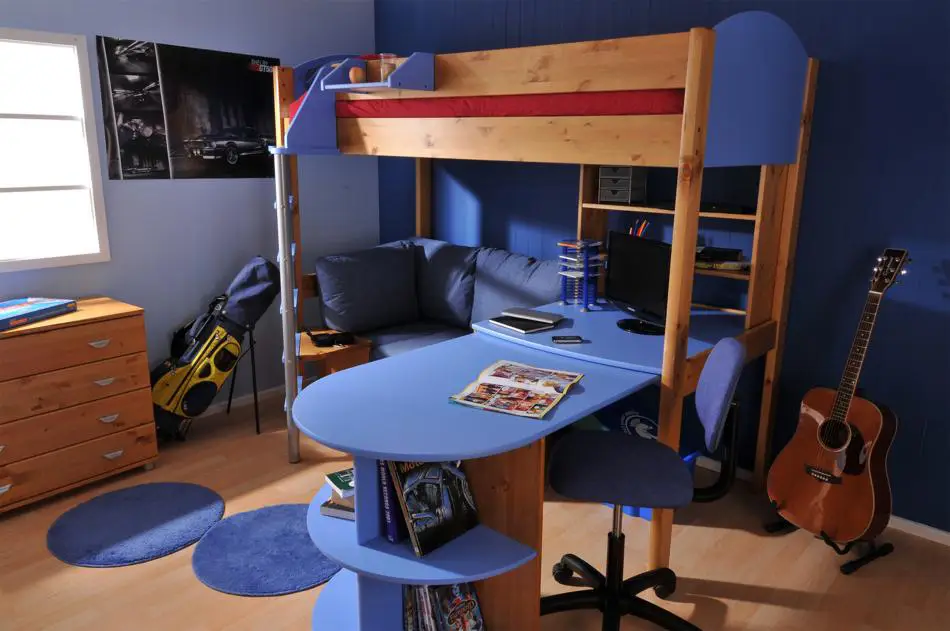


Decoration and Lighting
The common belief that boys are more inclined to minimalism than girls is a misconception. You will be surprised how much joy a teenage boy will take in choosing decorations for his workspace if you approach the topic correctly. Instead of spending hours persuading him to get a desk lamp, suggest placing a skeleton. You kill two birds with one stone, maybe even three. First – the jacket is always in place, not scattered around. Second – a visual anatomical guide is within sight at all times. Third – in skillful hands, or more precisely, in the bones, a desk lamp can easily find its place.
Lighting in the workspace is very important. It's great if the desk is by a window and well-lit with even daylight. A different matter entirely when bright sunlight hits the eyes. In such cases, it's necessary to provide thick blinds or curtains. An additional light source is also essential – a floor lamp next to the desk or a desk lamp. If the child is right-handed, the light source should be placed on the left; if left-handed, on the right.
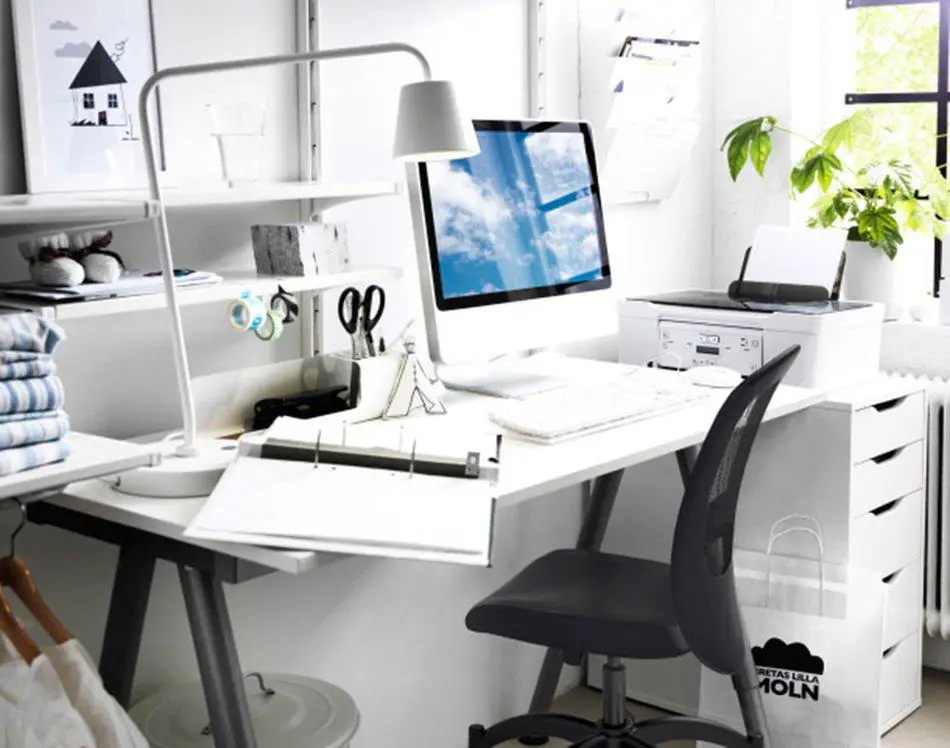

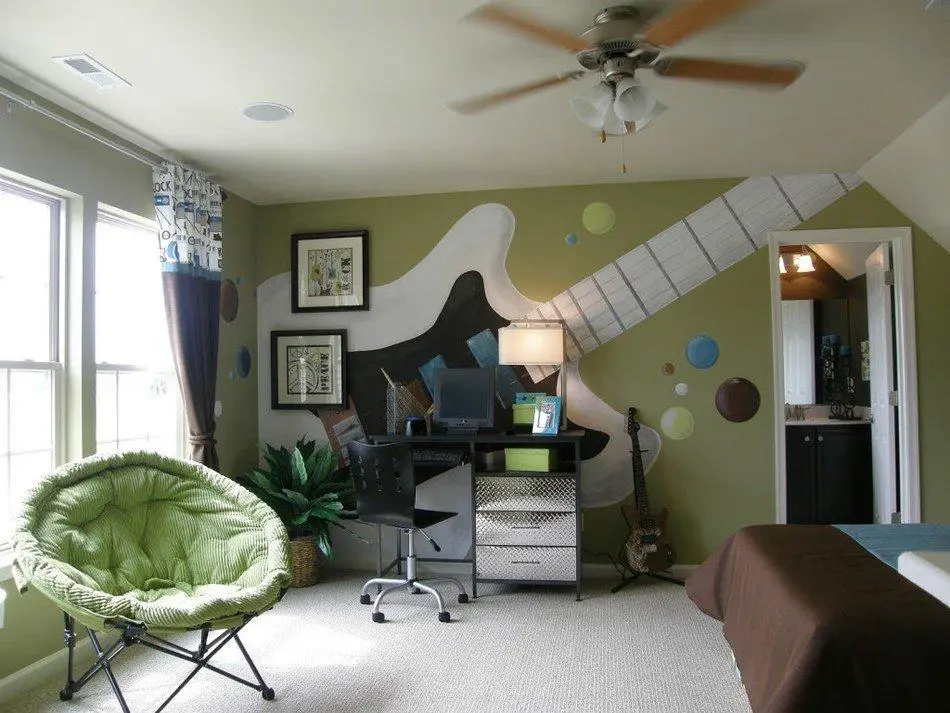
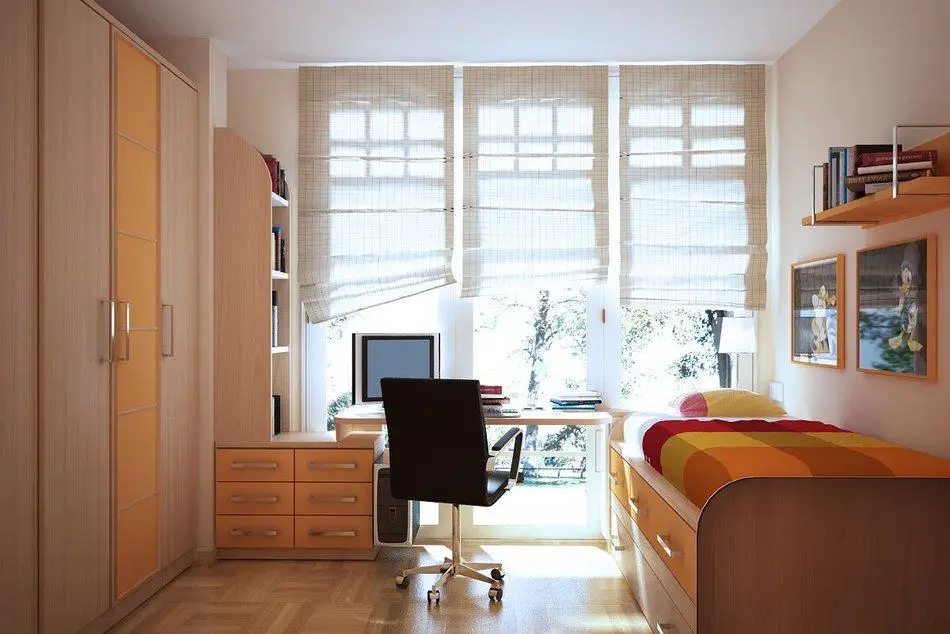
Furniture
If space allows, it's better to choose a corner desk. This will allow placing the computer and office equipment so they don't interfere with work. For additional storage, use shelves: books can be stored there, and a printer or scanner can also be placed on them.
Pay special attention to chair selection and go to the store with your child. It's good if the backrest can be adjusted to several positions and has an ergonomic design. Make sure that the chair seat isn't too deep so the child doesn't hunch over during lessons. Also, ensure that the chair and desk heights are convenient for work. For a child who is 146 to 160 cm tall, an optimal desk height would be 64 cm. The working surface should be 1600 cm in length and 80 cm in width.
It's traditionally believed that a place where a child does homework is a small nook by the wall. Why not move the desk to the center of the room and make the workspace more spacious, combining it with a relaxation area, placing comfortable chairs or footstools nearby? Or maybe a hammock, a stationary bike, or a ping-pong table? Today we have many opportunities to break away from stereotypes. It's not necessary to tie a child, especially a teenager, to a desk, chair, and desk lamp. Much more important is creating an atmosphere for creativity and self-realization.
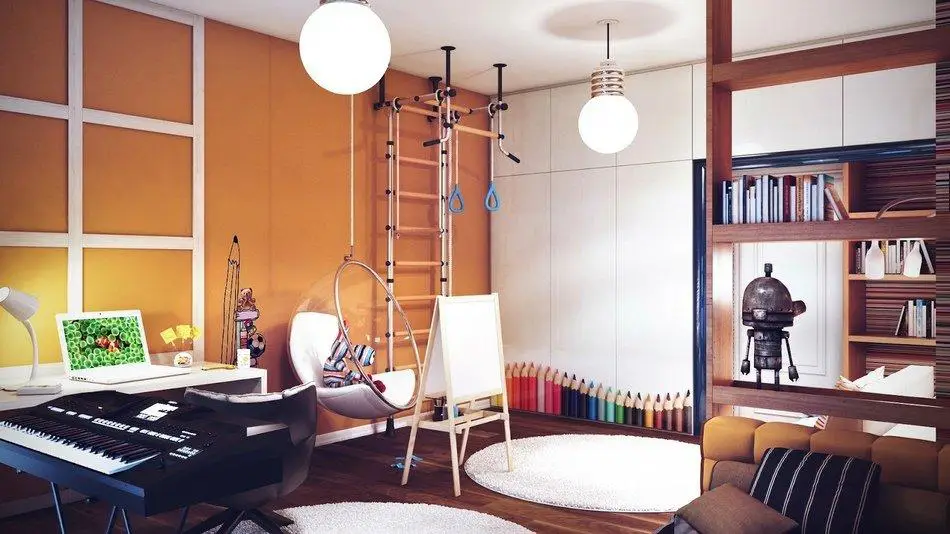
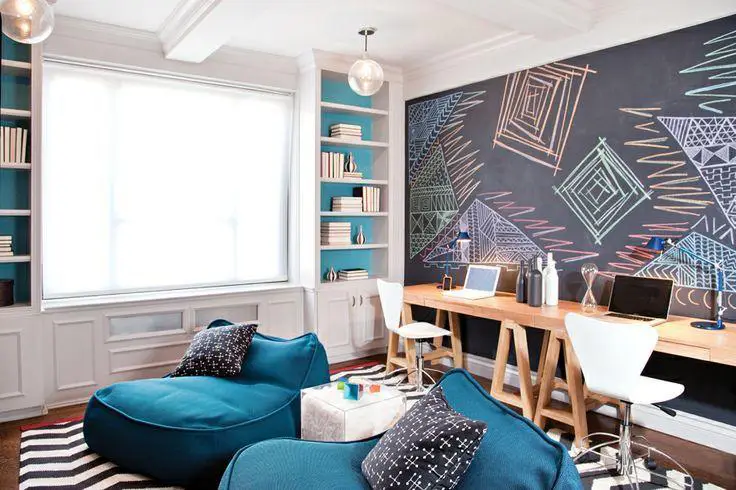

More articles:
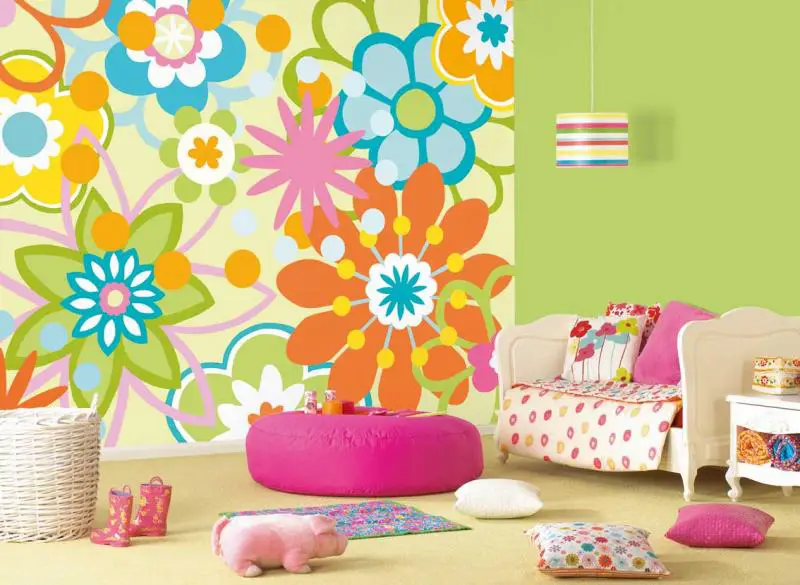 Types of Children's Rooms
Types of Children's Rooms Living Room-Children's Room Design. Be Careful, Toys and Construction Sets Are on the Floor
Living Room-Children's Room Design. Be Careful, Toys and Construction Sets Are on the Floor Living Room Design. Minimalism, Order and the Essentials
Living Room Design. Minimalism, Order and the Essentials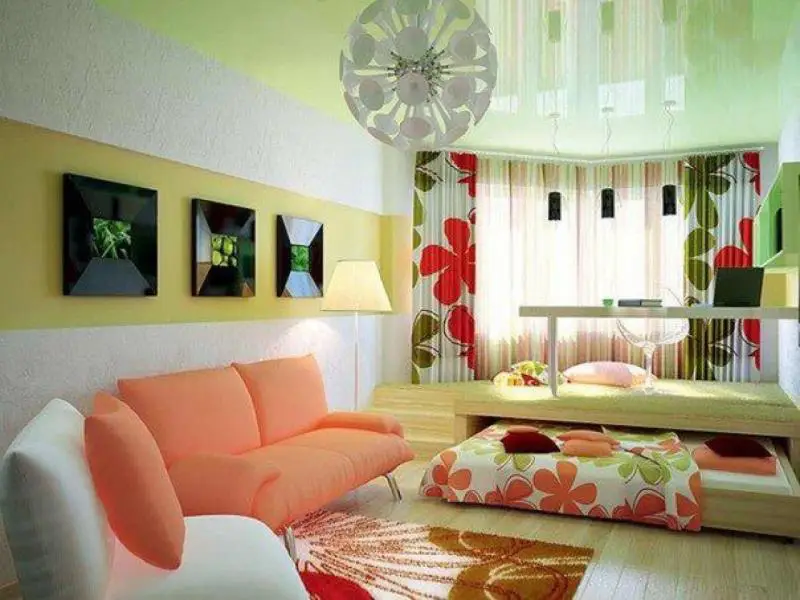 Living Room Design Combined with Other Rooms
Living Room Design Combined with Other Rooms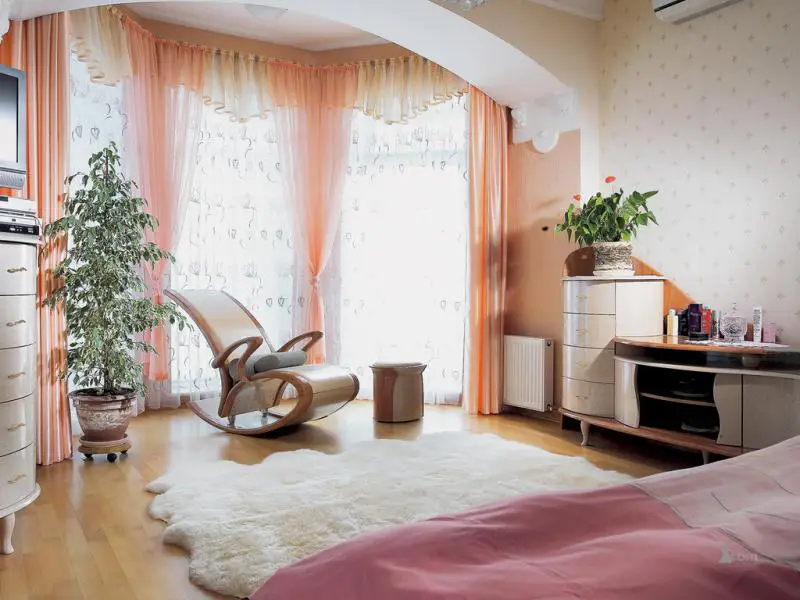 Living Room Design with Bay Window. More Light and Space
Living Room Design with Bay Window. More Light and Space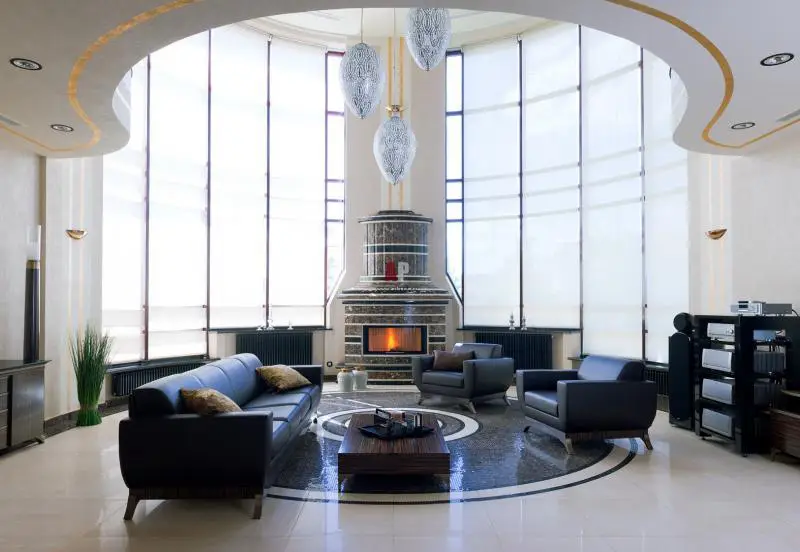 Living Room Design with Bay Window. Additional Functional Zone
Living Room Design with Bay Window. Additional Functional Zone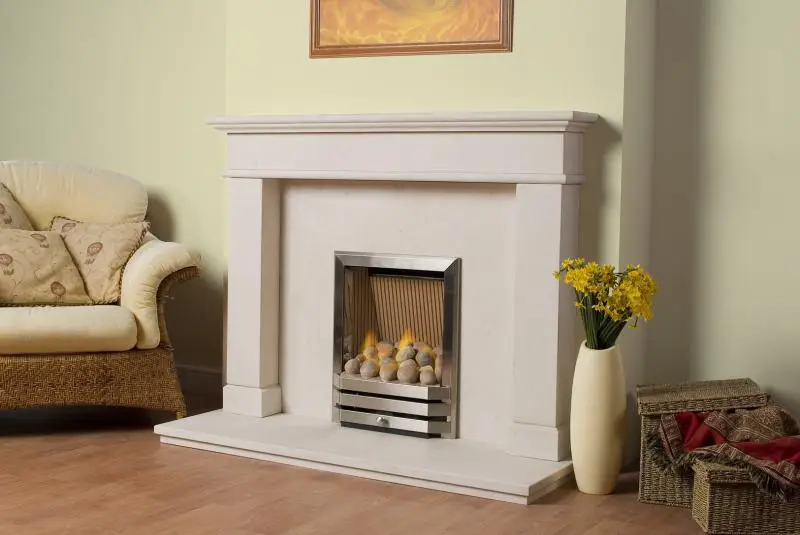 Living Room Design with Fireplace
Living Room Design with Fireplace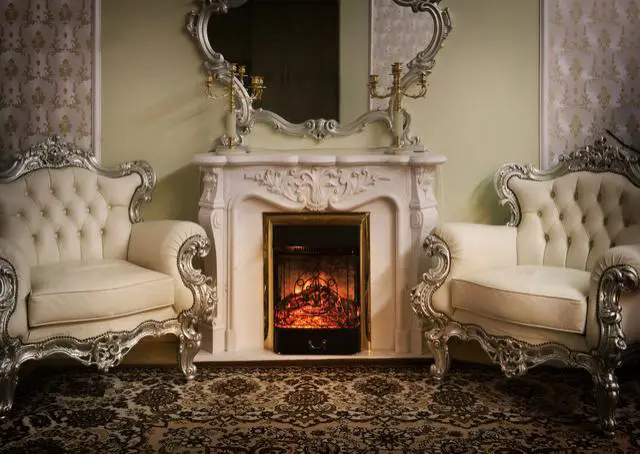 Fireplace as Part of Interior Design
Fireplace as Part of Interior Design